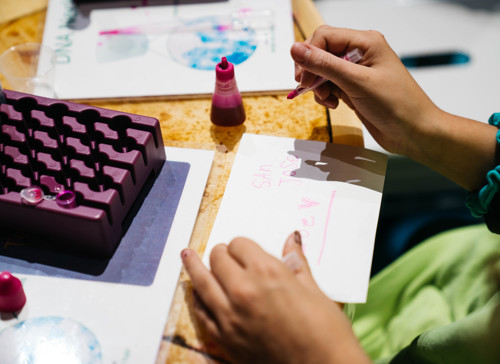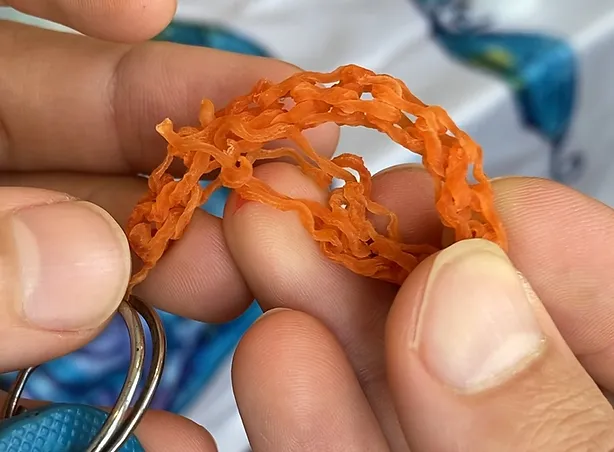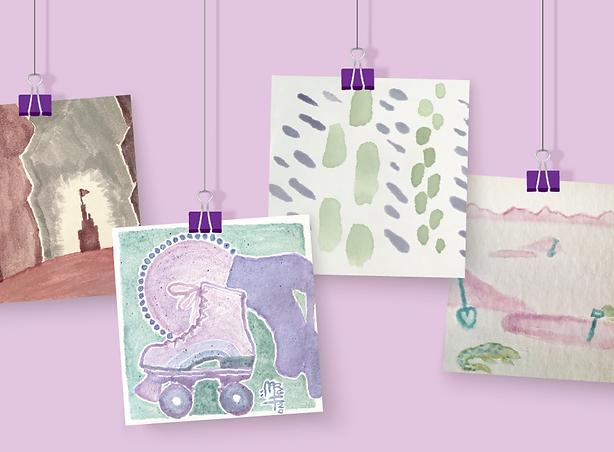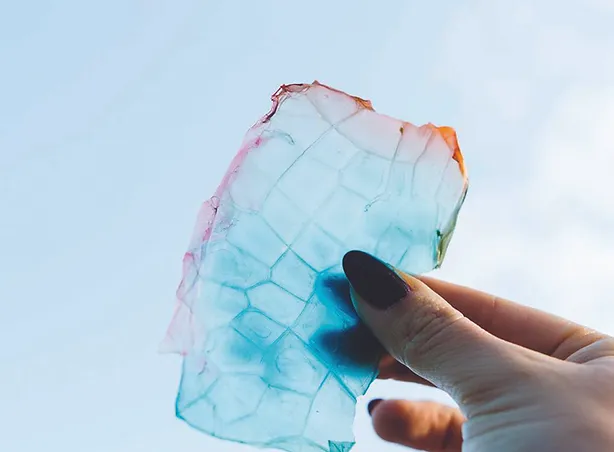
Ask a Geneticist
Curious About Genetics?
Ask a Geneticist has answers! Search for topics you’re interested in and read all about the building blocks of life as we know it. Don’t know where to start? Check out some of our favorites in Editor’s Choice or Quirky Questions. Or read our most popular topics in Common Questions.
Showing 162 - 171 of 682 results
-

I uploaded my ancestry data to a site that makes health predictions. How concerned should I be?
September 28, 2017
Read More
-

How does cancer immunotherapy work?
September 19, 2017
Read More
-

If someone’s sister is a carrier for muscular dystrophy, what are the chances they are too?
September 11, 2017
Read More
-

How can green-eyed parents have a brown-eyed child?
August 30, 2017
Read More
-

Read More
-

Why do Type AB and O parents have children who are Type A or B?
August 16, 2017
Read More
-

I just read about scientists using CRISPR to fix a gene in human embryos. Is this a big deal?
August 8, 2017
Read More
-

Why do my brother and I share 38% DNA, instead of 50%?
August 2, 2017
Read More
-

Can a couple have a baby that is significantly darker or lighter than either individual?
July 25, 2017
Read More

Visit us in-person at The Tech Interactive
The BioTinkering Lab
In this evolving workspace, you can try creative biodesign activities, explore genetics with scientists from Stanford, participate in community projects, and experiment with new biotechnology.
Other Biology Resources from The Tech

Algae String
Who needs boring old plastic? Get creative and use simple at-home chemistry to transform natural materials from living seaweed into flexible, colorful string! What will you create?

Cabbage Inks
Can you make color-changing paint from a simple cabbage? No doubt, sauerkraut. This activity from the scientists behind our BioTinkering Lab brings together biology, chemistry and art for an experience that is all science, and a little bit of magic.

Making with Microbes
Ever wanted to grow your own paper or plastic? Or create leather that doesn’t use animals? All these can be done at home by collaborating with microbes — tiny microscopic organisms — to grow a custom biomaterial.
Life Science Lessons
Search for life science lessons that explore the natural world of animals, plants and even living things we can’t see, like bacteria! Your learners will engage more deeply with life sciences when you add real-world layers like hands-on building, engineering design challenges, or computer programming.
In partnership with

Ask A Geneticist is a partnership between The Tech and the Department of Genetics at the Stanford School of Medicine. Content is solely the responsibility of the authors and does not necessarily represent the official views of Stanford University or the Department of Genetics.
 Skip Navigation
Skip Navigation
